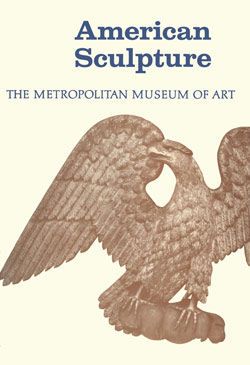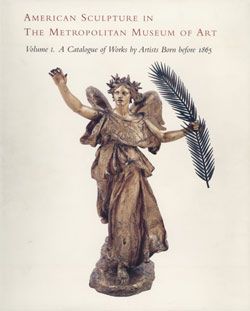Henry Clay
Shobal Vail Clevenger American
Before traveling to Italy in 1840, Clevenger executed a number of portrait busts, including one of United States senator Henry Clay (1777–1852), known as "the Great Compromiser" for his role in the 1820 Missouri Compromise. Clay sat for Clevenger in Lexington, Kentucky, in 1837. In this early portrait, Clevenger was influenced by the predominant taste for neoclassicism, for he ennobled Clay by portraying him in a toga, a device typically used to enhance a statesman’s portrait. He also relied on an uncomplicated naturalism in capturing his sitter’s likeness. Clay was so pleased by the result that he reportedly gave Clevenger "a certificate to the correctness of the likeness." Such an affidavit helped Clevenger’s portrait of Clay to become one of the most respected portraits of the politician and orator. The marble was completed in Italy, either under Clevenger’s supervision before his untimely death in 1843, or posthumously under the direction of fellow American expatriate sculptor Hiram Powers.
Due to rights restrictions, this image cannot be enlarged, viewed at full screen, or downloaded.



